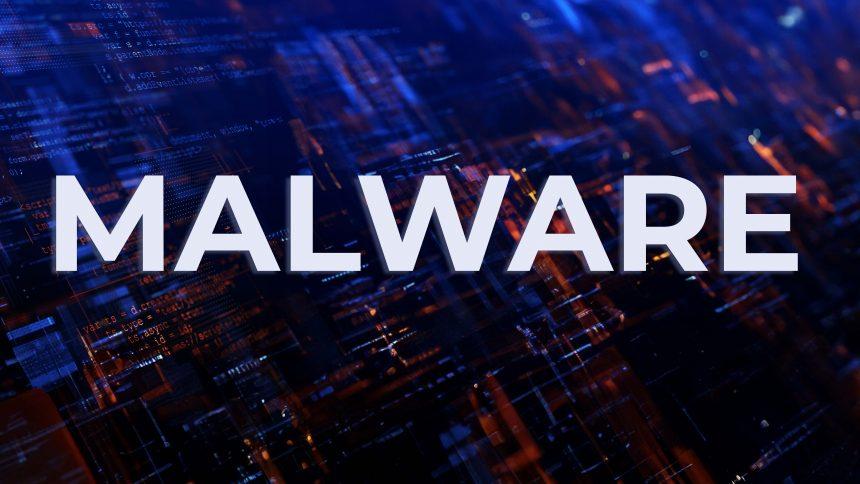In the realm of cybersecurity, threats are constantly evolving, with new strains of malware emerging to wreak havoc on unsuspecting users. Among these threats lies the Expiro virus, a notorious piece of malicious software that has caused headaches for individuals and organizations alike. In this comprehensive guide, we’ll delve into the intricacies of Expiro, exploring its actions, consequences, detection methods, and most importantly, effective removal techniques.
Introduction to Expiro Virus
Expiro is a sophisticated form of malware categorized as a file infector. It operates by injecting its malicious code into executable files on infected systems, thereby compromising their integrity and functionality. First identified in the early 2010s, Expiro has since undergone several iterations, each more potent than the last.
Expiro Virus: Actions and Consequences
Once Expiro infiltrates a system, it begins its nefarious activities with stealth and precision. Some of its common actions include:
- File Modification: Expiro alters executable files by injecting its malicious code, thereby allowing it to execute its payload discreetly.
- Data Theft: It may harvest sensitive information such as login credentials, financial data, and personal details, which can be exploited for various malicious purposes.
- System Instability: Expiro’s presence can lead to system crashes, sluggish performance, and overall instability, disrupting normal operations and productivity.
- Propagation: Like many malware strains, Expiro is capable of spreading to other systems through various means, including network connections and removable media.
The consequences of an Expiro infection can be severe, ranging from compromised data integrity to financial loss and reputational damage for businesses.
Detection and Similar Threats
Detecting Expiro and similar malware strains can be challenging due to their ability to evade traditional antivirus software. However, reputable security solutions often employ heuristic analysis and behavioral detection techniques to identify and mitigate these threats. Some common detection names associated with Expiro include:
- Win32/Expiro
- VirTool:Win32/Expiro
- W32/Expiro
- PE_Expiro
Similar threats to Expiro include file infectors like Sality, Virut, and Nimda, each posing unique challenges to cybersecurity professionals and users alike.
Removal Guide
Removing Expiro from an infected system requires a systematic approach and careful execution. Here’s a step-by-step guide to effectively eradicate this malicious software:
- Enter Safe Mode: Restart your computer and enter Safe Mode to prevent Expiro from executing its processes and interfering with removal efforts.
- Identify Malicious Files: Use reputable antivirus software to scan your system and identify files infected by Expiro.
- Quarantine Infected Files: Once identified, quarantine or isolate infected files to prevent further spread of the virus.
- Manual Removal: For advanced users, manually removing Expiro-infected files may be necessary. Exercise caution and refer to reputable online resources or seek professional assistance if unsure.
- Registry Cleanup: Remove any registry entries associated with Expiro to eliminate its traces from the system.
- Reboot and Rescan: After removal, reboot your system and perform another scan to ensure Expiro has been completely eradicated.
- Update Security Software: Keep your antivirus software and system patches up to date to prevent future infections.
Prevention Best Practices
Preventing Expiro and similar malware infections requires a proactive approach to cybersecurity. Here are some best practices to minimize the risk of infection:
- Use Reliable Security Software: Install reputable antivirus software and keep it updated to detect and mitigate emerging threats.
- Exercise Caution Online: Avoid downloading files or clicking on links from unknown or untrusted sources, as they may contain malware.
- Keep Software Updated: Regularly update your operating system, applications, and plugins to patch known vulnerabilities exploited by malware.
- Enable Firewall Protection: Activate firewall protection to monitor and control incoming and outgoing network traffic, preventing unauthorized access to your system.
- Backup Data Regularly: Implement a robust backup strategy to ensure critical data is regularly backed up and can be restored in the event of a malware attack.
By following these preventive measures and remaining vigilant online, you can significantly reduce the likelihood of falling victim to Expiro and other malicious threats.
In conclusion, Expiro represents a significant cybersecurity threat capable of causing widespread damage and disruption. Understanding its actions, consequences, detection methods, and removal techniques is crucial for effectively combating this malware and safeguarding against future infections. By staying informed and implementing proactive security measures, users can mitigate the risks posed by Expiro and other evolving cyber threats.





